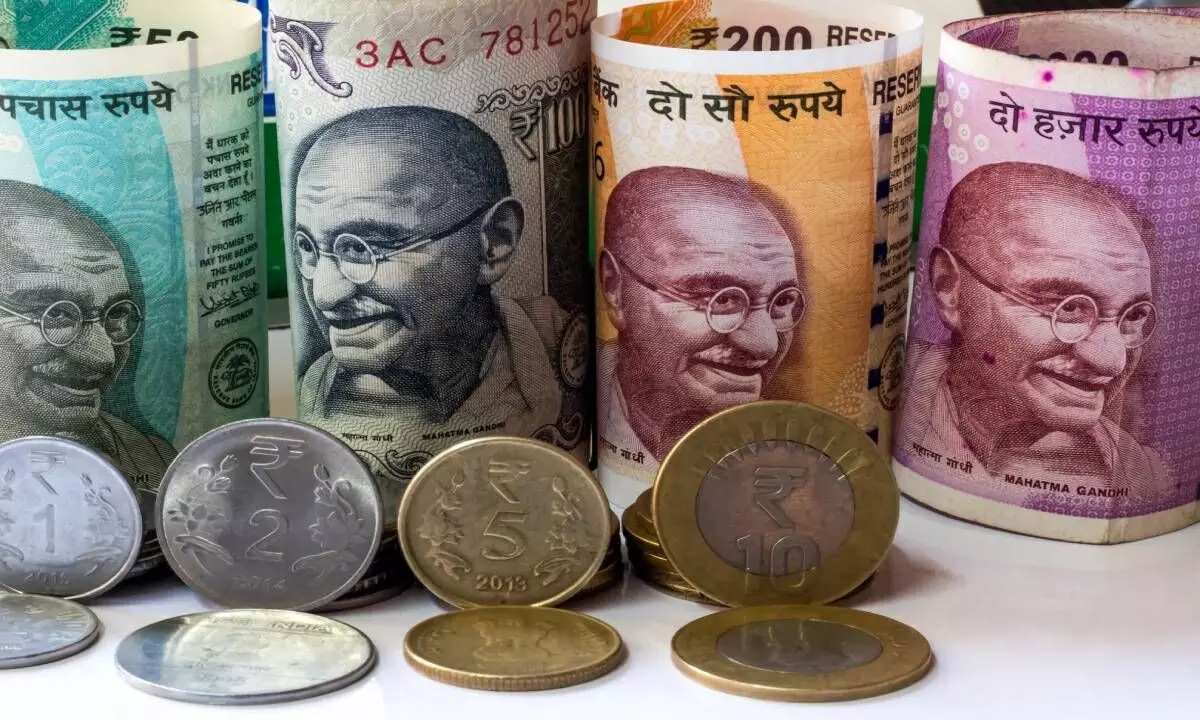Will high interest rate regime coexist with equity market uptrend?
The interest rates and the equity market have an inverse relationship, but this time it has proved wrong because even after the Reserve Bank of India (RBI) hiked repo rate by 50 basis points, the equity market have jumped.
image for illustrative purpose

Mumbai, Aug 6 The interest rates and the equity market have an inverse relationship, but this time it has proved wrong because even after the Reserve Bank of India (RBI) hiked repo rate by 50 basis points, the equity market have jumped.
This is not the first time the dynamics have changed, but over the last 15 years, there has been only three incidences when equity market gave negative returns during the rate hike by the RBI.
According to Dr V.K. Vijayakumar, Chief Investment Strategist at Geojit Financial Services, during 2003 to 2008, the Fed raised rates 17 times in a row. In spite of this severe monetary tightening, equity markets soared, globally.
In India, during that period, we had the mother of all bull markets which saw the Sensex soaring from below 3000 in 2003 to 20000 by end of December 2007, he said.
During that period, India experienced record high GDP and corporate earnings growth in spite of RBI tightening rates.
In the past few days, domestic equity market has seen a sharp rise after the foreign investors return to Indian market on back of weak dollar index and higher corporate earnings. The sentiments of foreign investors also got boosted after the US data showed contraction in the economy for the second consecutive month raised hope that US Fed will not go aggressive rate hike.
Foreign investors turned buyers in July nearly after 10 months, with an investment of around Rs 4,980 crore in the Indian equity markets. This comes heavy sell-off by these entities of around Rs 50,203 crore.
According to the data NSDL data, investment of foreign investors in July month stood at Rs 4,989 crore, as compared to over Rs 50,000 crore outflows in June, Rs 39,993 crore in May and Rs 17,144 crore in April.
"There is a complete reversal of FPIs activity in the Indian stock market. FPIs who were relentless sellers in Indian market from October 2021 to June 2022 turned net buyers in July and the buying continues in August, so far," Vijayakumar added.
Since July 26, the Sensex has risen more than 3000 points to 58,387.93 and Nifty rises more than 1000 points. In the similar period, more than Rs 10,000 crore stocks have been bought by the foreign investors.
On Friday, the monetary policy committee (MPC) of RBI has unanimously votes to increase the policy repo rate by 50 basis points to 5.40 per cent. Consequently, the Standing Deposit Facility (SDF) rate adjusted to 5.15 per cent and Marginal Standing Facility (MSF) rate and the Bank Rate adjusted to 5.65 per cent.
This is the third consecutive rate hike by the central bank in this year after a 40 basis points hike in May and 50 basis points in June. With the hike, the RBI has increased rate by 140 basis points since May this year.
Sneha Poddar, AVP, Reserve, Broking & Distribution, Motilal Oswal Financial Services, said that interest rate doesn't impact all the sectors similarly. While there are certain sectors that tend to get hurt, on the other hand, there are sectors which gets benefitted out of it like banking. So debt laden companies tend to bet out of flavour while investors move to more stable companies.
Going ahead, the equity market is likely to uptrend with the higher interest rates. "We believe that the trend might continue as strong macro data, steady earnings, softening of commodity prices and healthy progress in monsoon lends support to Indian economy," Poddar added.
Experts believe India is expected to be one of the fastest growing economy in the world and with inflation seems to be moderating, RBI may not be that aggressive in its rate hikes going further.
Poddar also added that moreover with capacity utilization in manufacturing sector being above long term average and improvement in new orders in Q2FY23, this would fuel additional capex requirement. This along with upcoming festive season, would support economic growth.
On the other hand, FIIs seems to have made a comeback which would further support the market.

